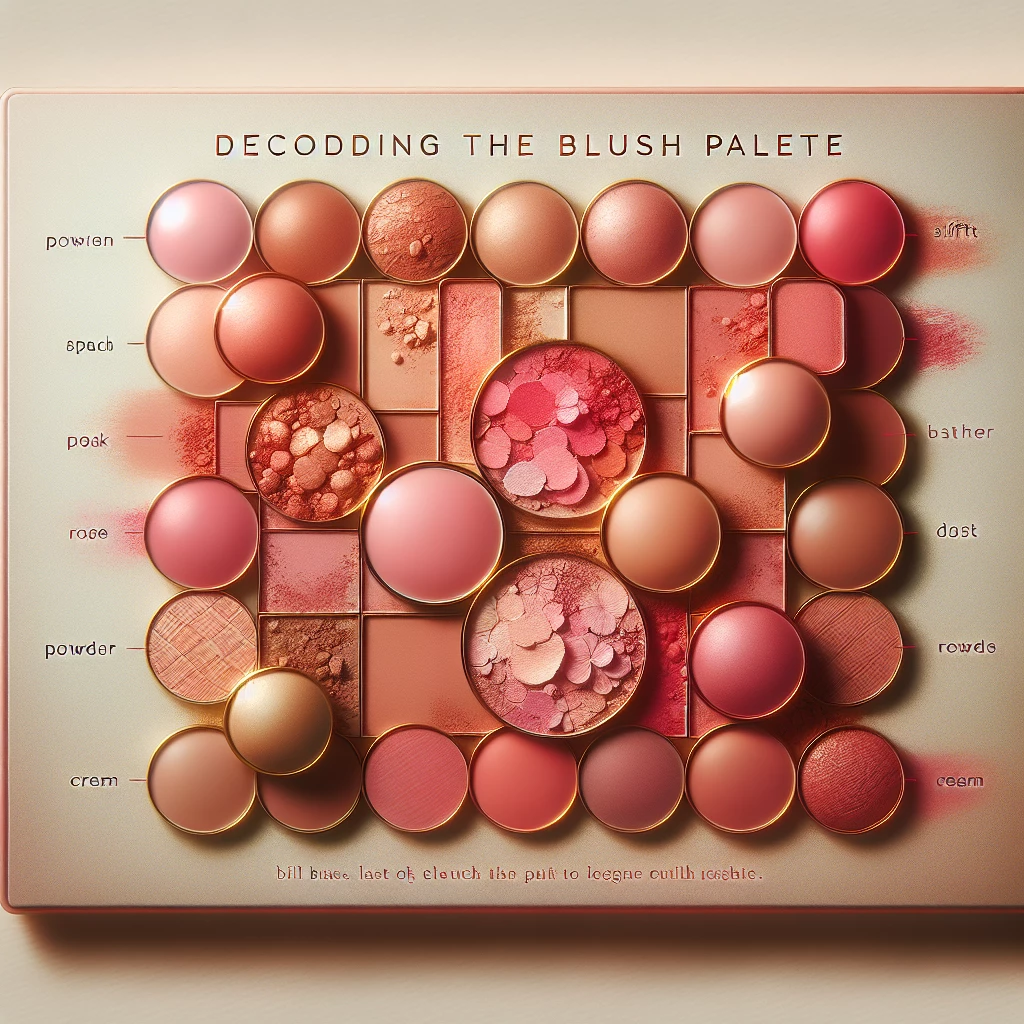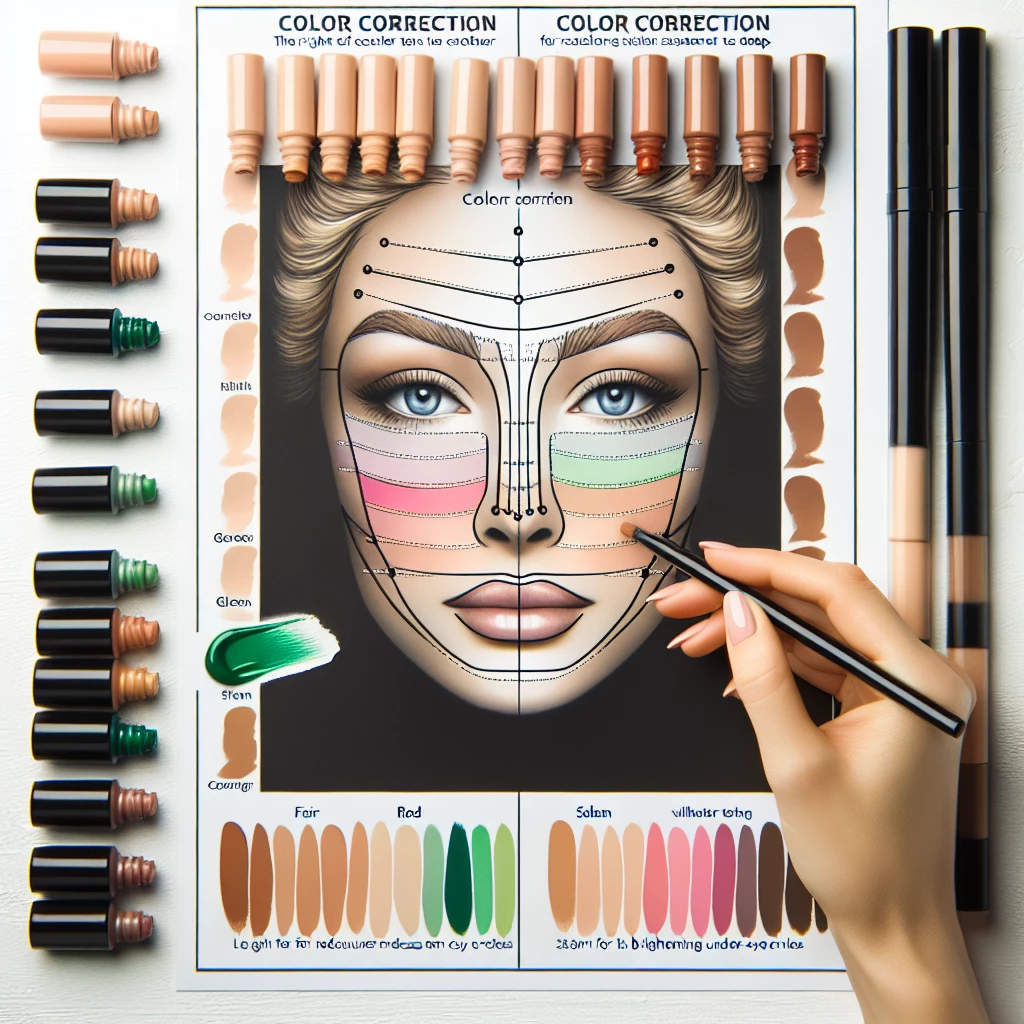There's nothing more special than feeling and looking your absolute best for your most cherished occasions. Perfecting your makeup for these special events can often feel like a daunting task, however, especially when it comes to hiding those pesky blemishes and achieving a flawless base. One essential tool in any makeup lover's arsenal is the art of color correction. In this Makeup Queens’ comprehensive makeup guide, we dive into everything you need to know about concealers and color correction.
Understanding Color Correction
Color correction is the use of specific colored concealers to neutralize the look of discoloration on your skin. These colors often fall into categories of green, lavender, yellow, and peach or orange, each serving specific purposes. Green counteracts redness and is excellent for covering up blemishes and rosacea.
Lavender, on the other hand, combats sallowness, making it perfect for brightening dull, yellow undertones. Yellow is useful for concealing purple or blue bruises, veins, and under-eye circles, while peach and orange help to balance out dark spots and circles.
The process of color correction involves knowing your skin type, identifying your problem areas, and knowing what colors are best to camouflage them. A color wheel is handy in determining what color to use. The key is to balance and neutralize the discolorations.
Choosing the Right Concealer
Choosing the right concealer is as vital as knowing how to apply it correctly. Concealers come in various forms: cream, stick, liquid, and even powder. While the type you choose depends on your personal preference, it is also crucial to consider your skin type.
For dry skin, a hydrating, creamy concealer might be the best option. For oily skin, a concealer with a matte finish is recommended. Undertone is also a key factor to consider because the wrong undertone, no matter how perfect the color match, can leave you looking washed out or ashy.
The perfect concealer is one that blends seamlessly with your skin, provides the coverage you need without looking cakey and remains long-lasting.
How to Apply Concealer for Color Correction
After selecting the right color corrector, the next step is to learn how to apply it correctly. It's usually best to apply the color corrector before your foundation. Simply apply a thin layer of the color corrector to your problem areas and blend it out. The color corrector does not need to completely cover your blemish; it's meant to neutralize the color.
Once your color corrector is in place, you can apply your foundation. Use a makeup sponge or brush to blend your foundation over the color corrector, being careful not to rub or disturb the color corrector.
After your foundation has been applied, you can add concealer that matches your skin tone if you need more coverage. The end goal of color correction is to achieve a flawless base for your makeup.
With this guide, you should be capable of mastering the craft of color correction. From understanding what each color covers to selecting the right concealer for your specific skin type and learning the application process, you're on your way to achieving a picture-perfect, flawless base for any occasion. As with any aspect of makeup, practice makes perfect. The more you play with your makeup, the better you'll get at applying it. So, here's to feeling and looking fabulous at your next special event!

The Magic of K-Beauty
Explore the trend of Korean beauty and what makes it a global phenomenon.

Decoding the Blush Palette
A comprehensive guide to using different shades of blush for various skin tones.

Creating Smokey Eyes: A Guide
Understand the art of achieving the perfect smokey eye look for any occasion.

Unmasking Lip Gloss Trends
Dive into the world of lip gloss, tracking its evolution and the latest trends.
